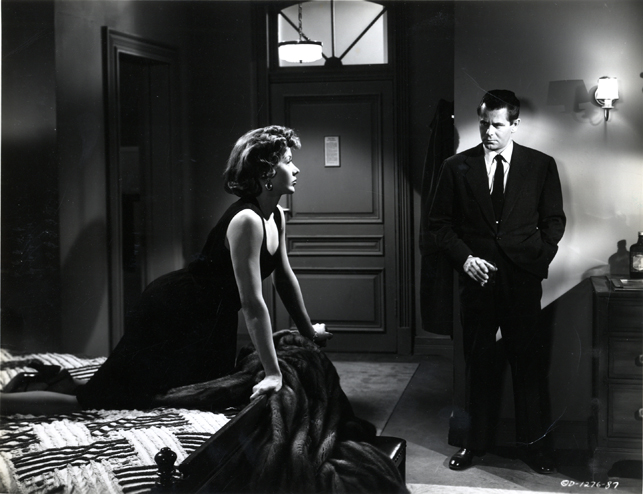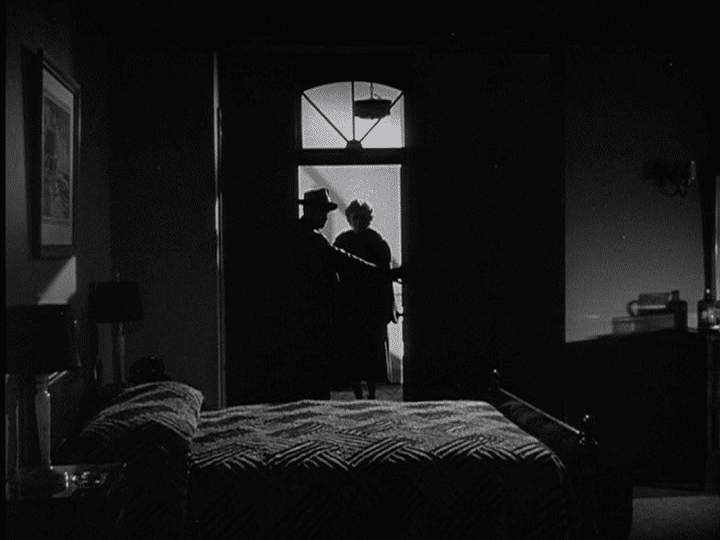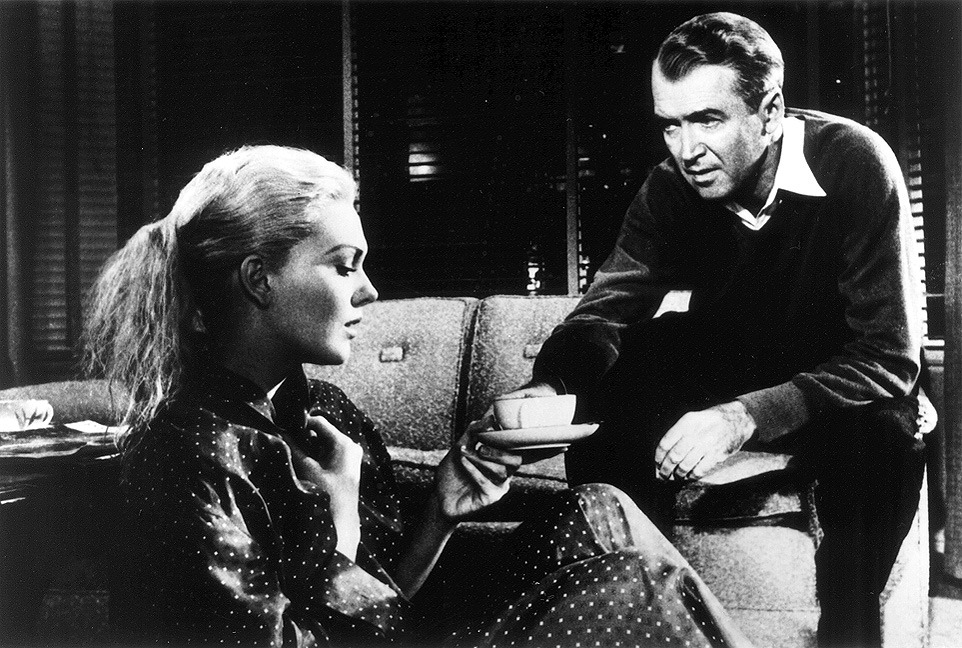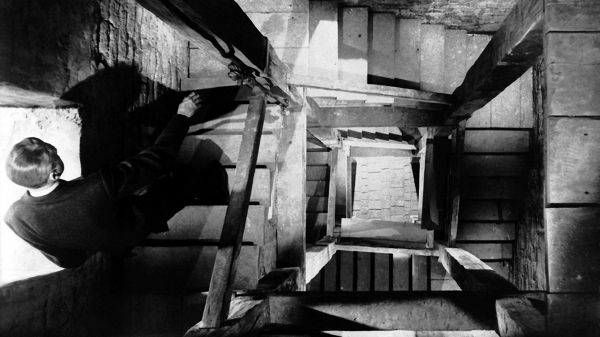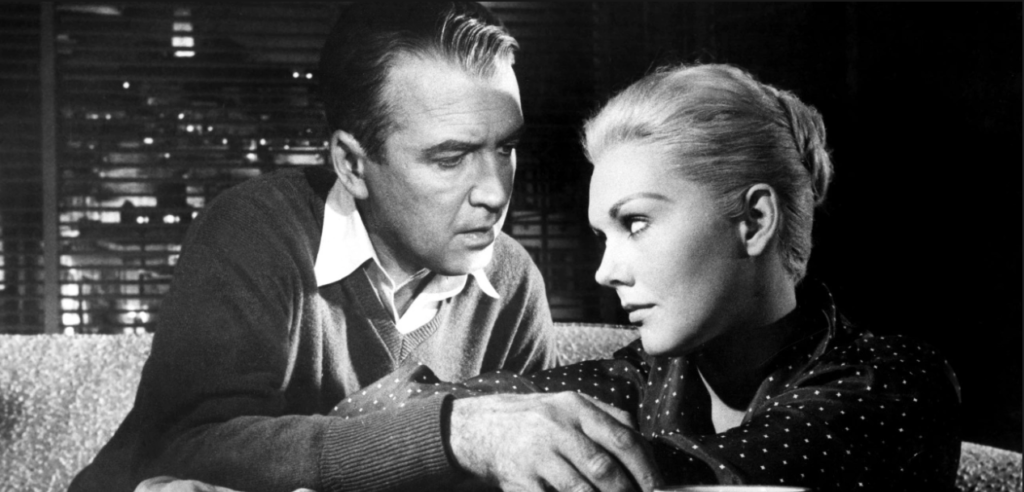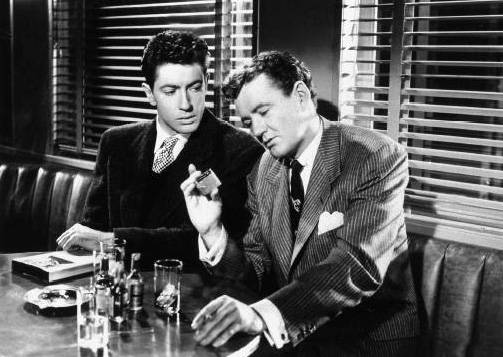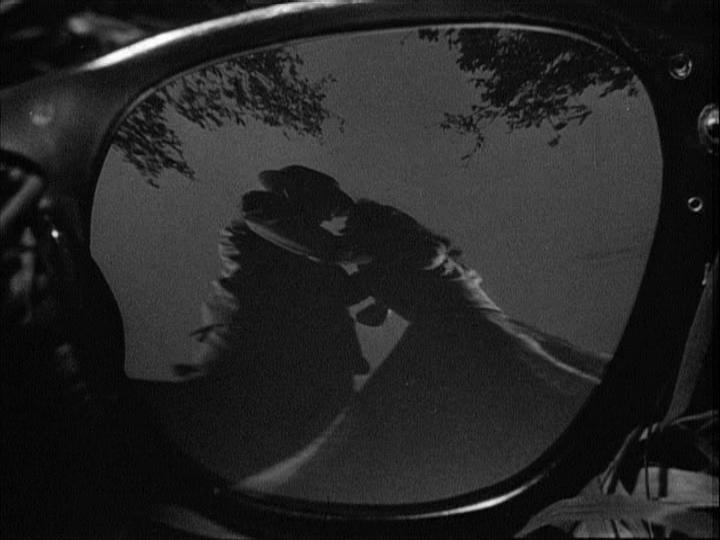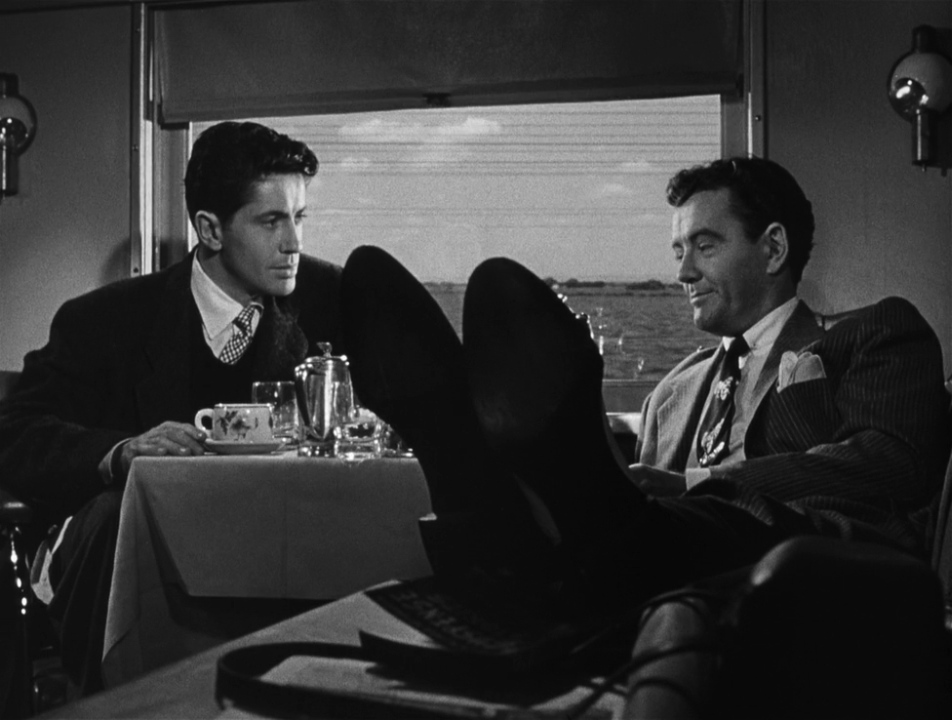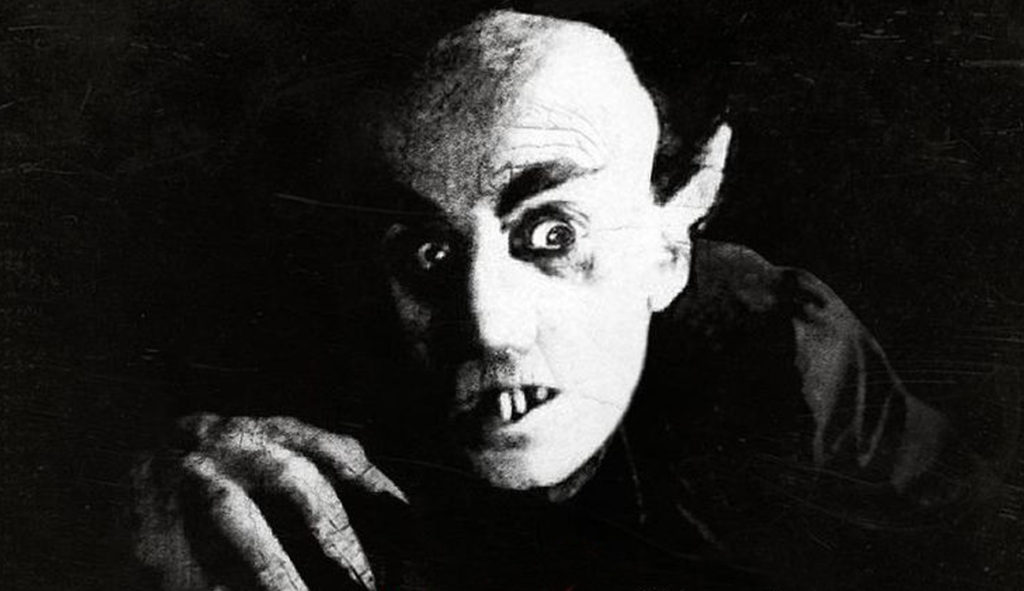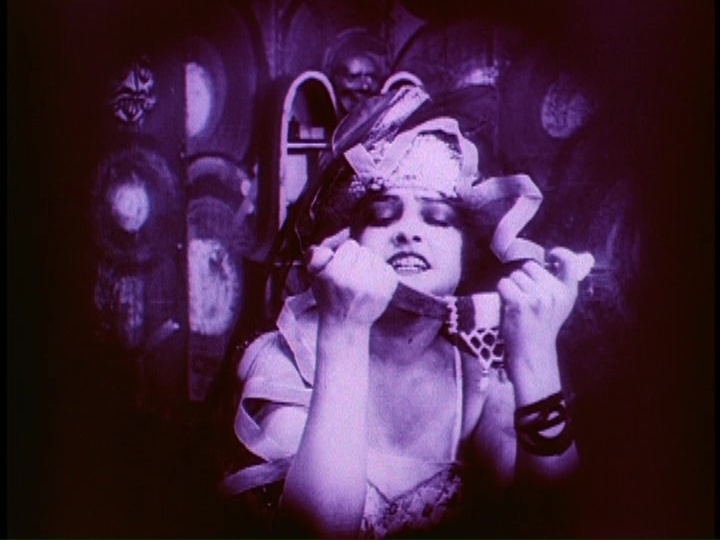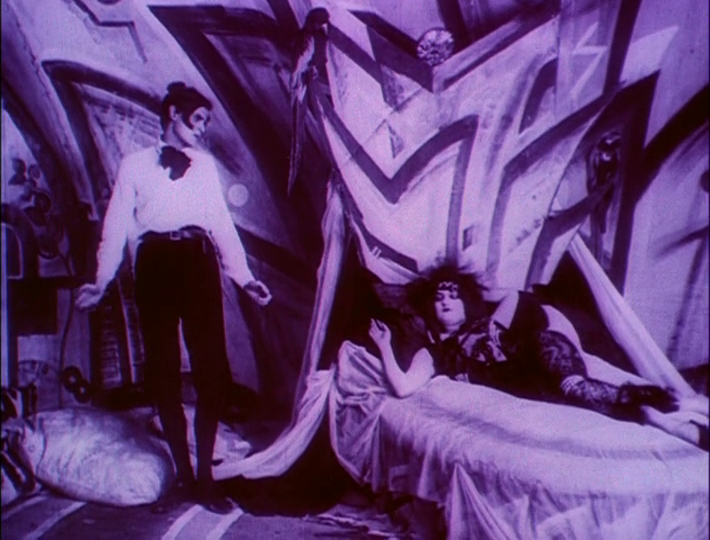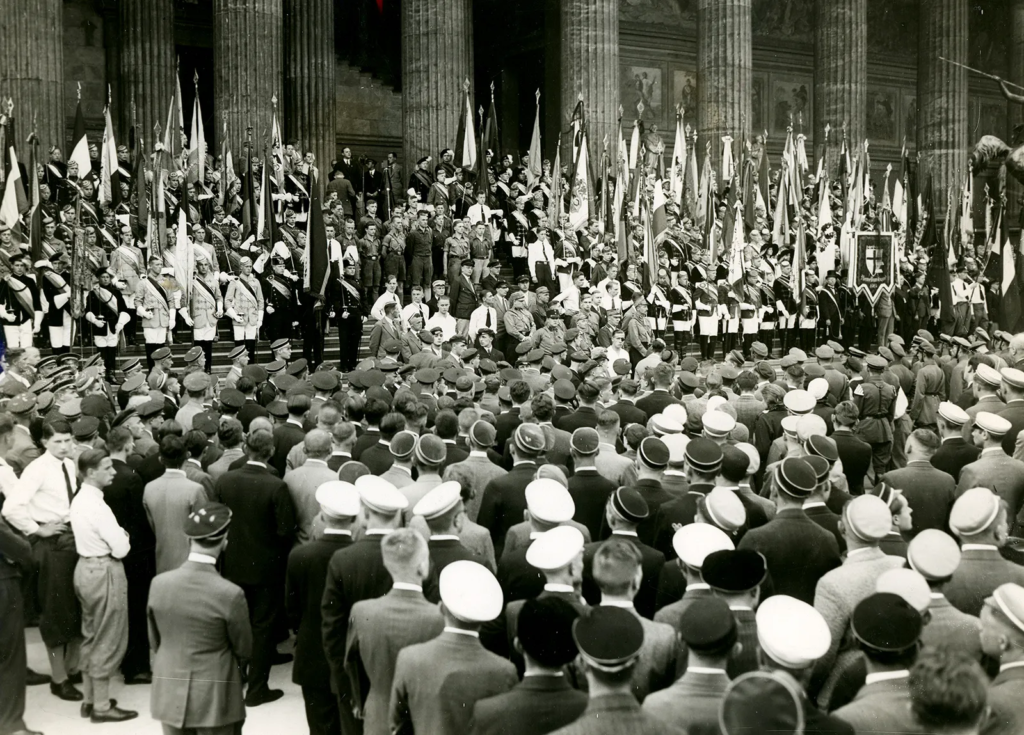Identify at least one other film which appears to have been influenced by the visual style of classic German Expressionist Cinema.
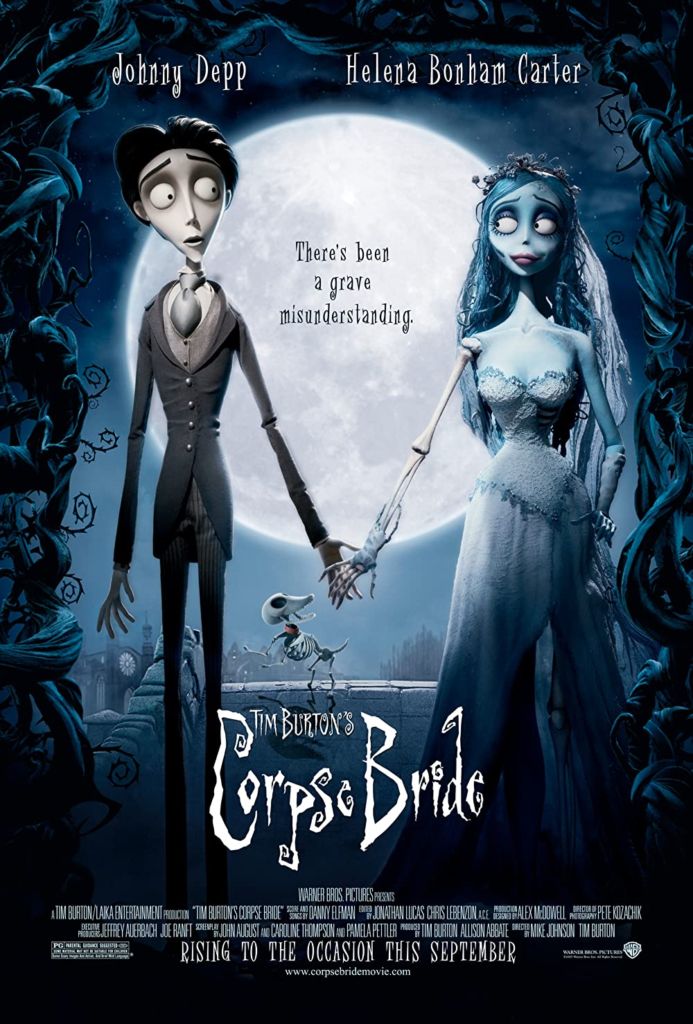
Corpse Bride appears to have been heavily inspired by German Expressionist Cinema, taking place in a vivid and distortedly crafted world. The films content is surreal and gothic revolving around an unnatural reality with a bizarre plot of Victor accidentally marrying a deceased, murdered, Emily.
Angles, lighting/shadows:
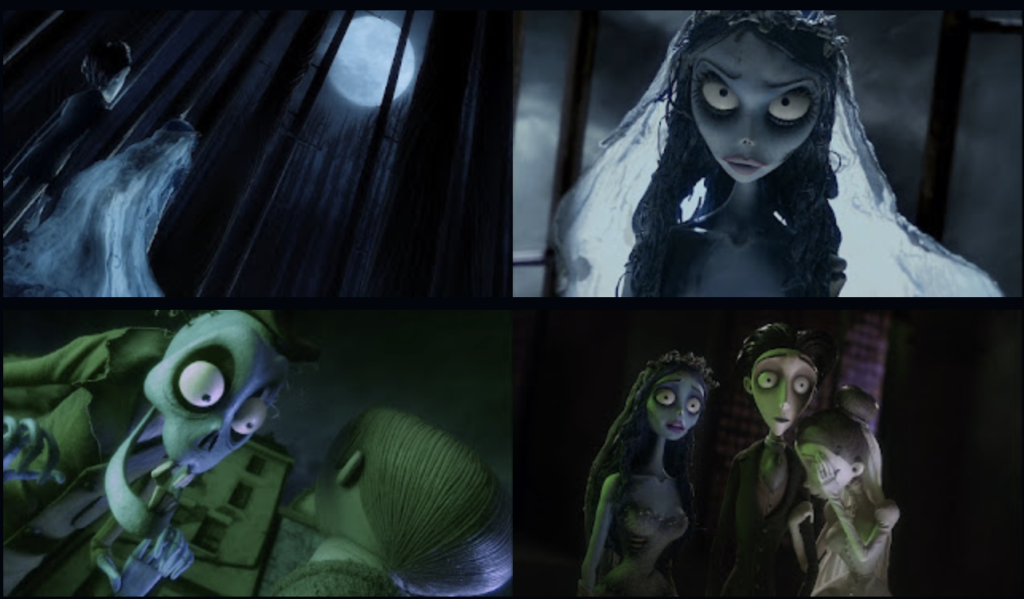
The film uses Dutch angles which was common within German Expressionist films in order to depict psychological tension/uneasiness.
German Expressionism also combines warm and cool lights, contrasting the two to achieve a dramatic effect as seen in the film when Victor’s first taken to the underworld.

The film also uses shadows which were common within Expressionist films such as The Cabinet of Dr. Caligari.

Makeup:
Furthermore, the characters appear unnatural, being stylised to reject naturalism, with their appearance’s exaggerated making them appear disfigured/abnormal.
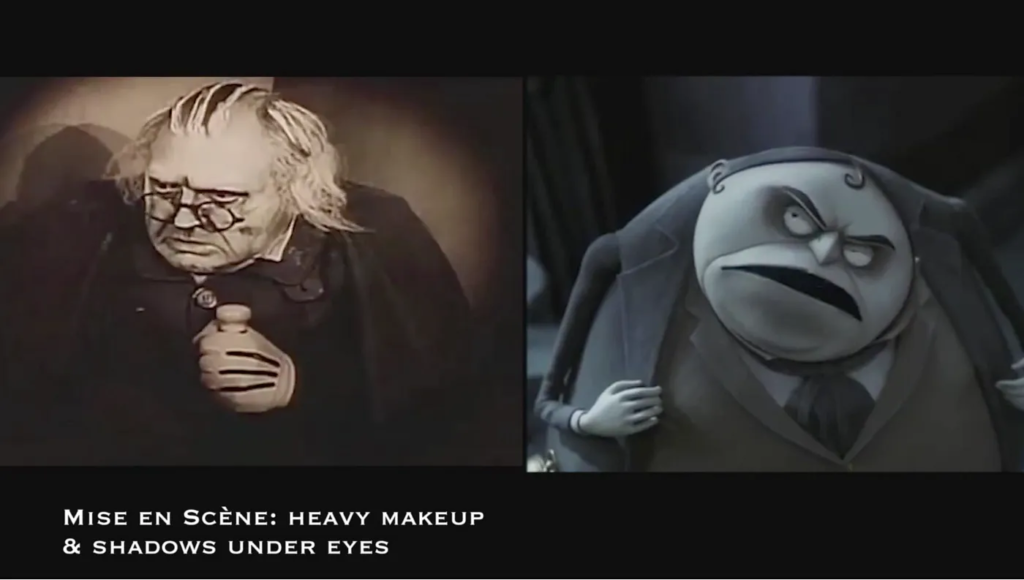
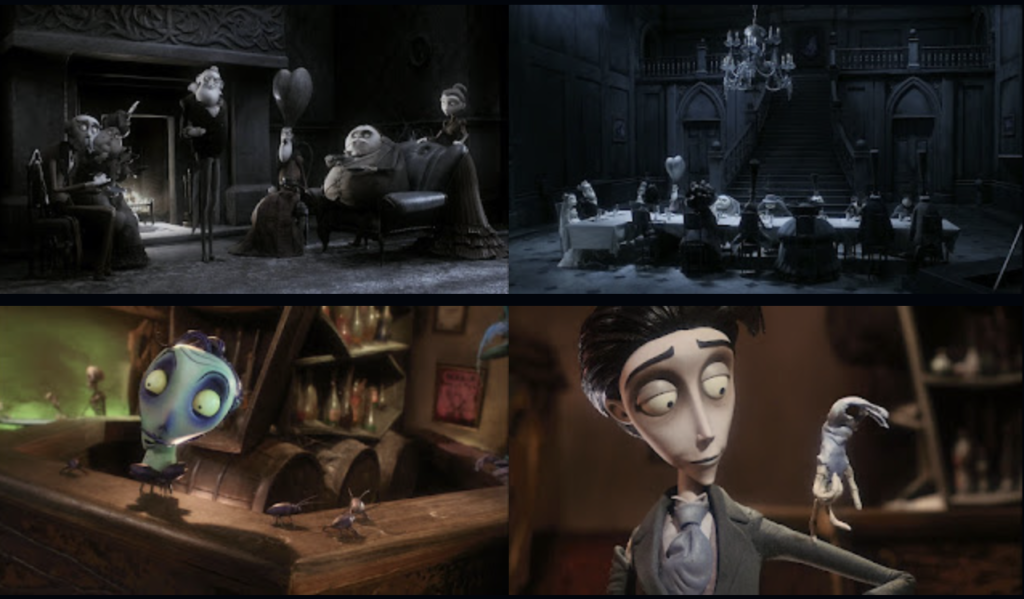

Setting:
The setting in which the story takes place is reminiscent of The Cabinet of Dr. Caligari as it establishes a gothic mood with its use of gothic architecture.


